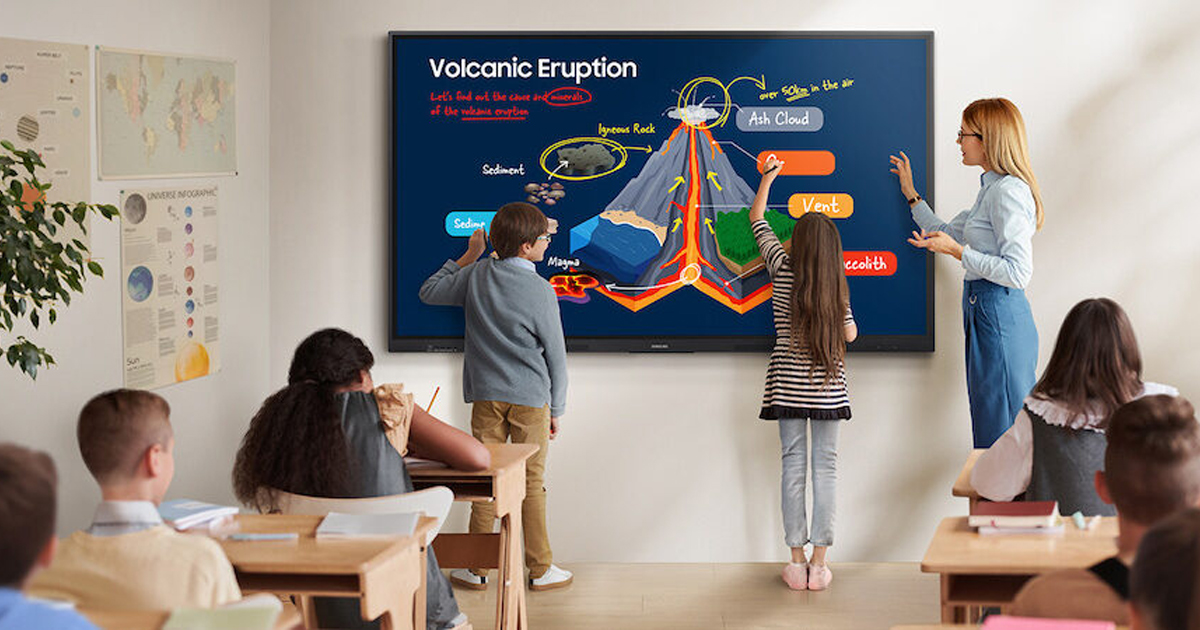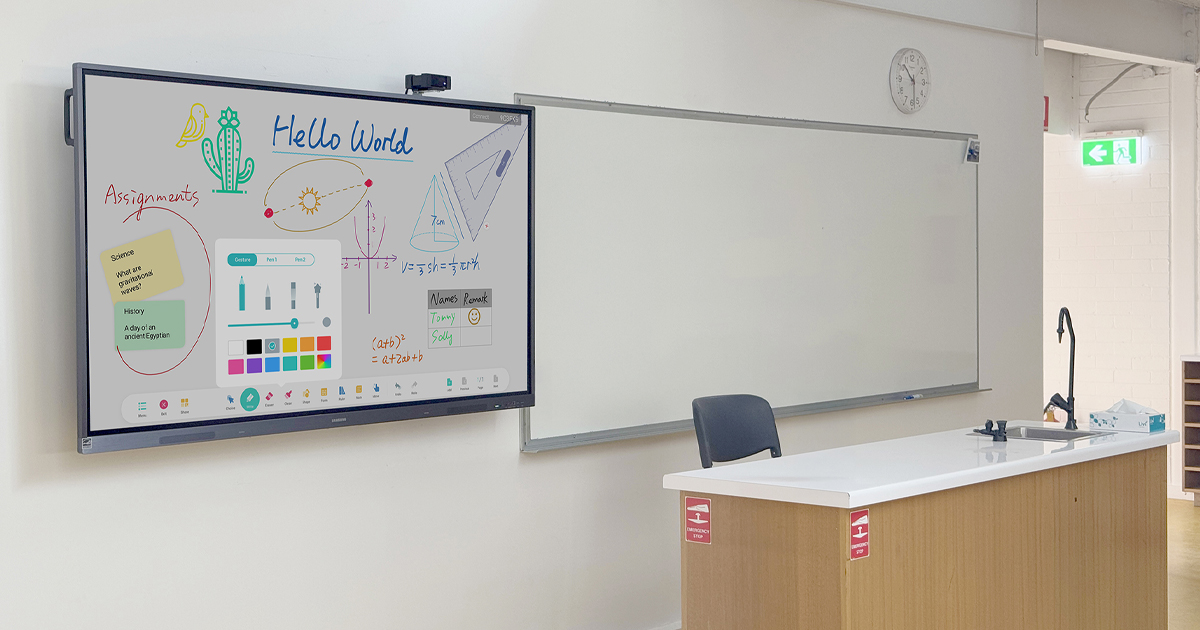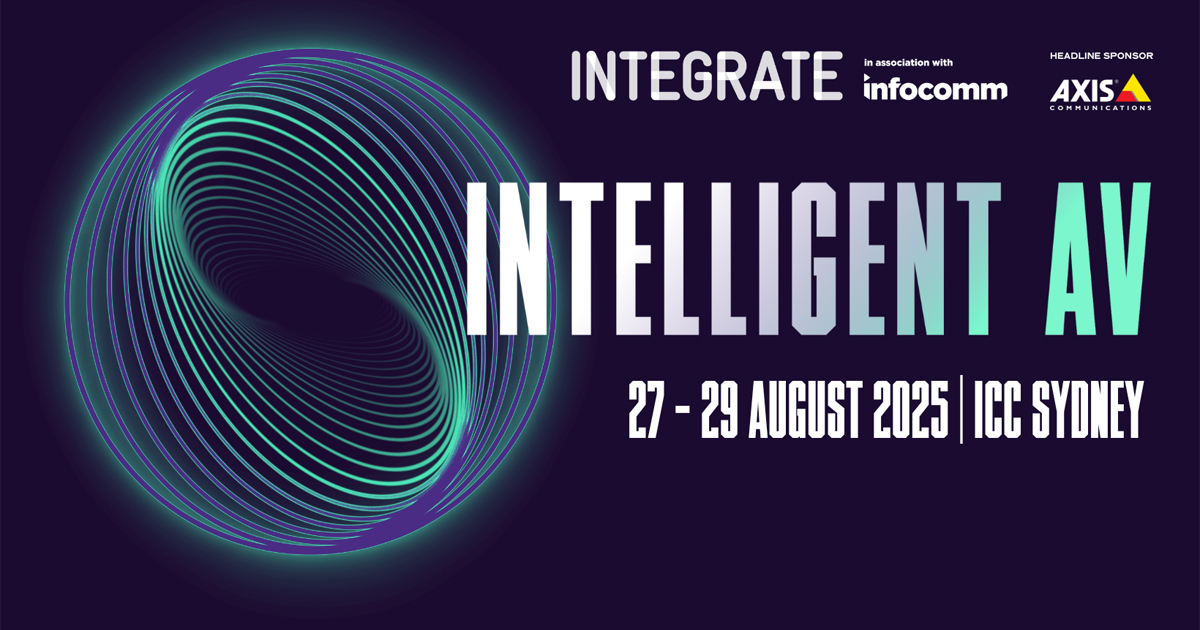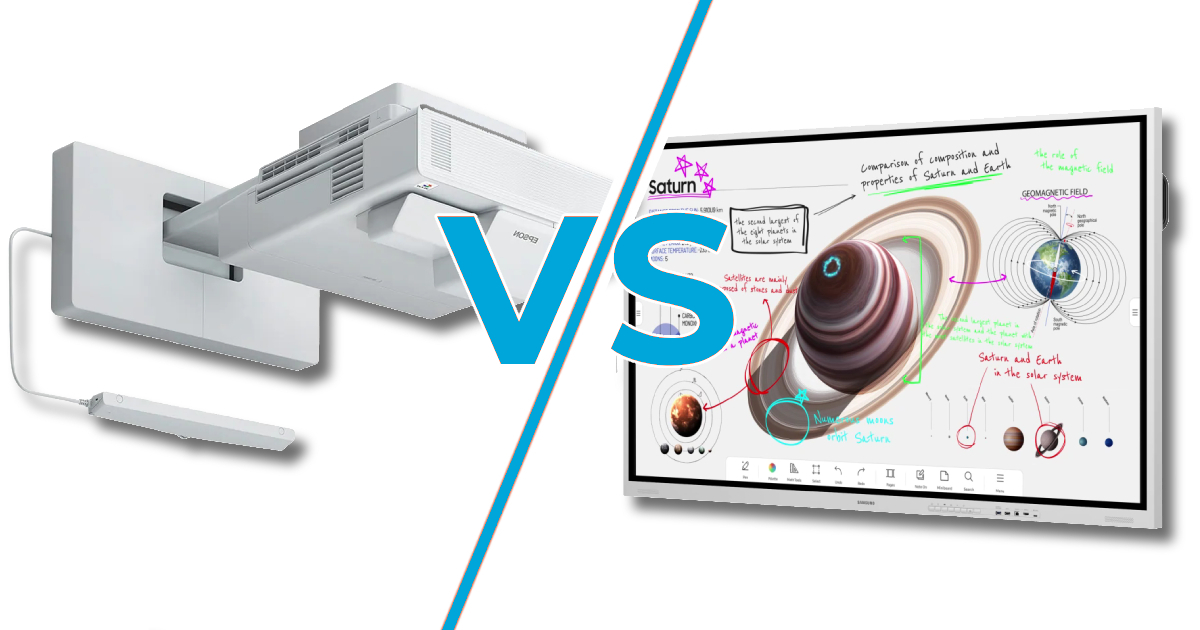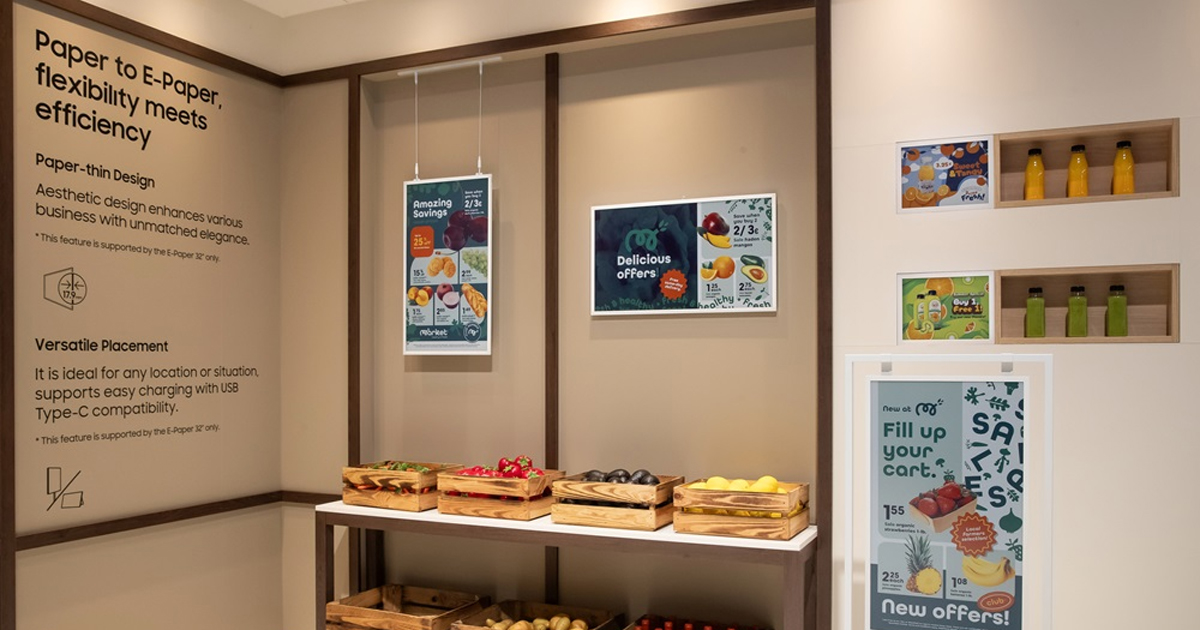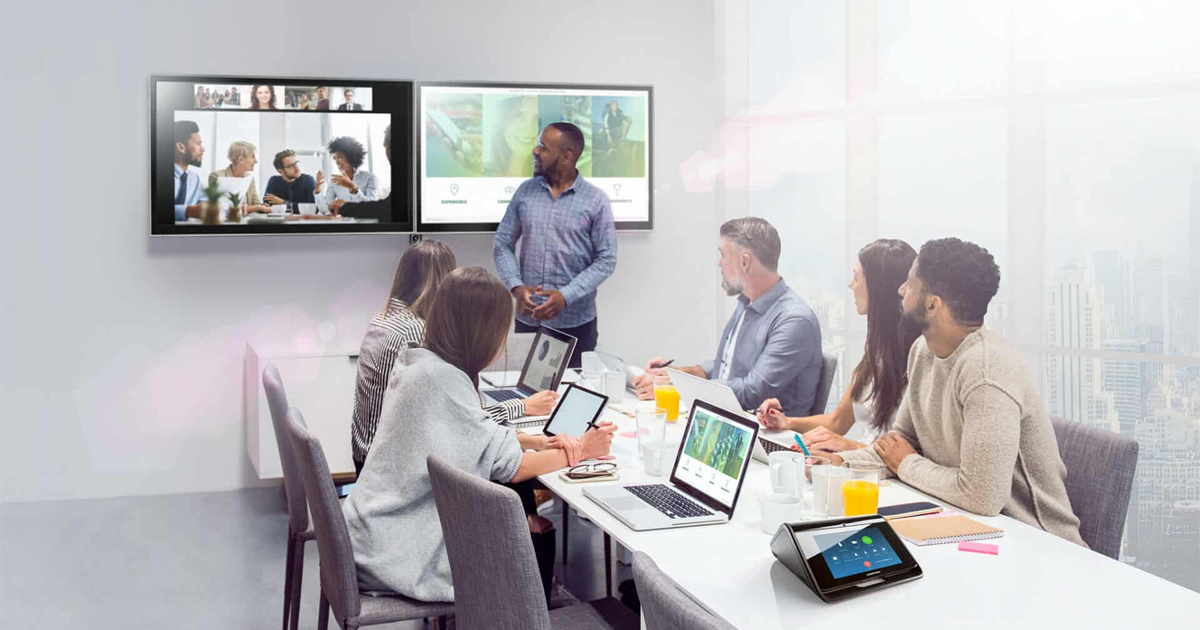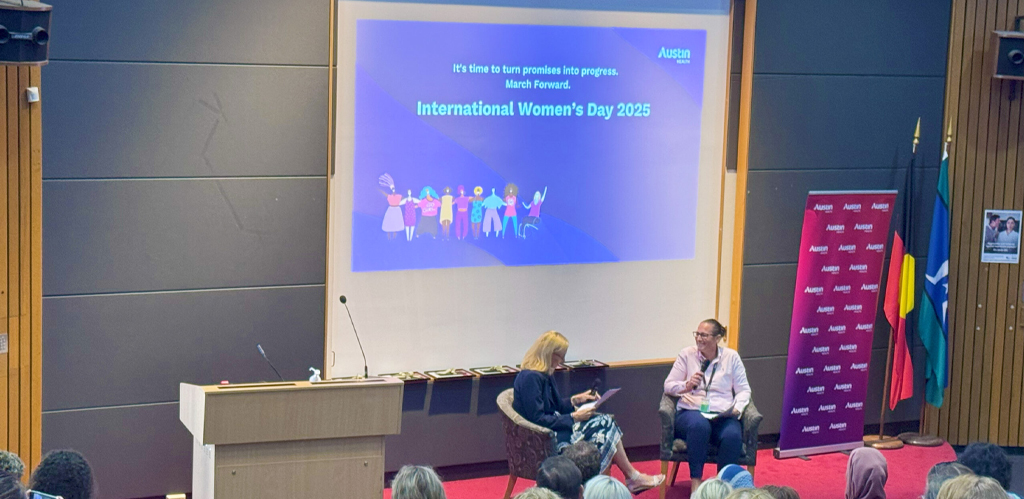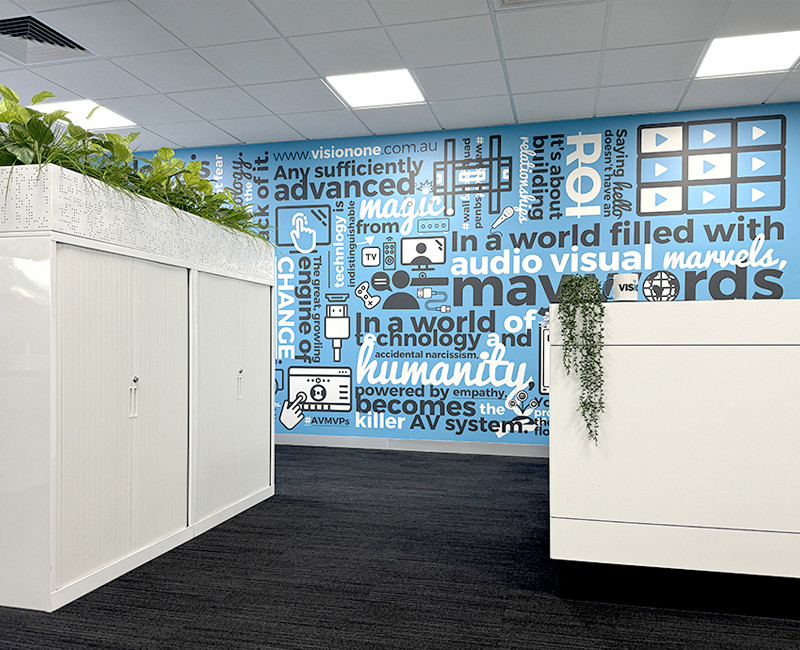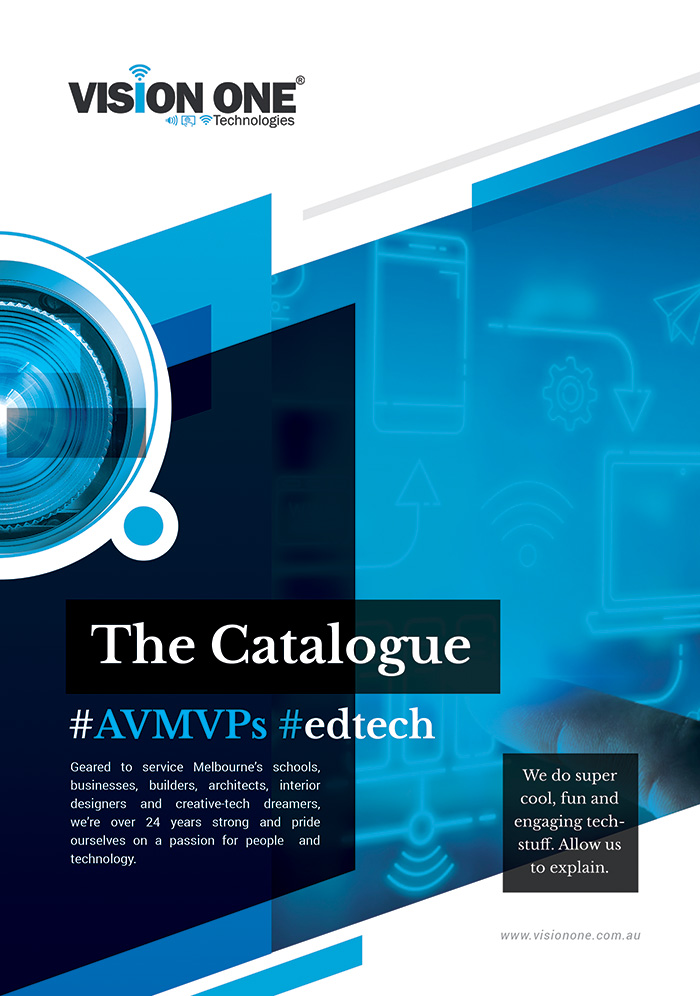How AV Technology Supports a Culture of Thinking in Schools
In today’s progressive schools, academic success is no longer measured solely by grades, but also by how well students can think, reason and reflect. A “Culture of Thinking” isn’t just a philosophy—it’s a classroom environment that fosters curiosity, discussion, collaboration and deep understanding. While often rooted in pedagogy, these outcomes can be meaningfully amplified with the right AV technology.
Creating visibility for thinking.
One of the core principles in a “Culture of Thinking” is making students’ thinking visible. Interactive displays and wireless screen sharing allow students to present their reasoning, sketch ideas, annotate texts or share reflections in real-time. For example, using an Epson EB-1485Fi projector, a teacher can display work and annotate it live with input from the class—turning each moment into an opportunity for collective thinking and growth.
Supporting collaborative learning.
Collaboration is a cornerstone of meaningful learning. AV technology facilitates seamless group work with tools like multiple display zones, digital whiteboards and interactive touchscreens. Students can break into groups and simultaneously share ideas using wireless content-sharing tools like Vivi or Crestron AirMedia—encouraging every voice to be heard and every idea to be explored.
Enhancing inquiry and engagement.
In a thinking-focused classroom, teachers act as facilitators of inquiry. AV tools such as high-quality displays, flexible audio systems and BYOD-friendly setups help create immersive environments that keep students engaged. Whether it’s exploring a virtual museum tour or analysing a real-time science experiment broadcast to a large screen, AV technology brings inquiry to life.
Flexibility for differentiated instruction.
Every learner thinks differently. AV-enabled classrooms support differentiated teaching strategies by allowing educators to present content in multiple formats—visual, auditory and interactive. From assistive listening systems to wireless microphones and zoned speaker setups, students receive instruction clearly and consistently, no matter their needs or learning style.
Supporting reflective practice for teachers and students.
Technology such as video capture systems and recording tools allows lessons to be reviewed and reflected on—by both students and teachers. This helps foster metacognition, a key element of thinking-based education. Teachers can refine their practice and students can revisit and re-evaluate their own thinking processes.
Bridging physical and digital thinking spaces.
Modern AV systems integrate with platforms like Microsoft Teams or Google Workspace, allowing schools to bridge physical classroom spaces with digital thinking environments. Reflection journals, group forums and student portfolios become natural extensions of the classroom discussion, enhanced by the fluid sharing and collaboration made possible by AV systems.
Creating a “Culture of Thinking” requires more than just intention—it requires the right tools. When thoughtfully integrated, AV technology becomes a catalyst for deeper engagement, greater collaboration and visible thinking. At Vision One, we understand that AV is not just about screens and speakers—it’s about designing learning environments that reflect your school’s educational vision.
